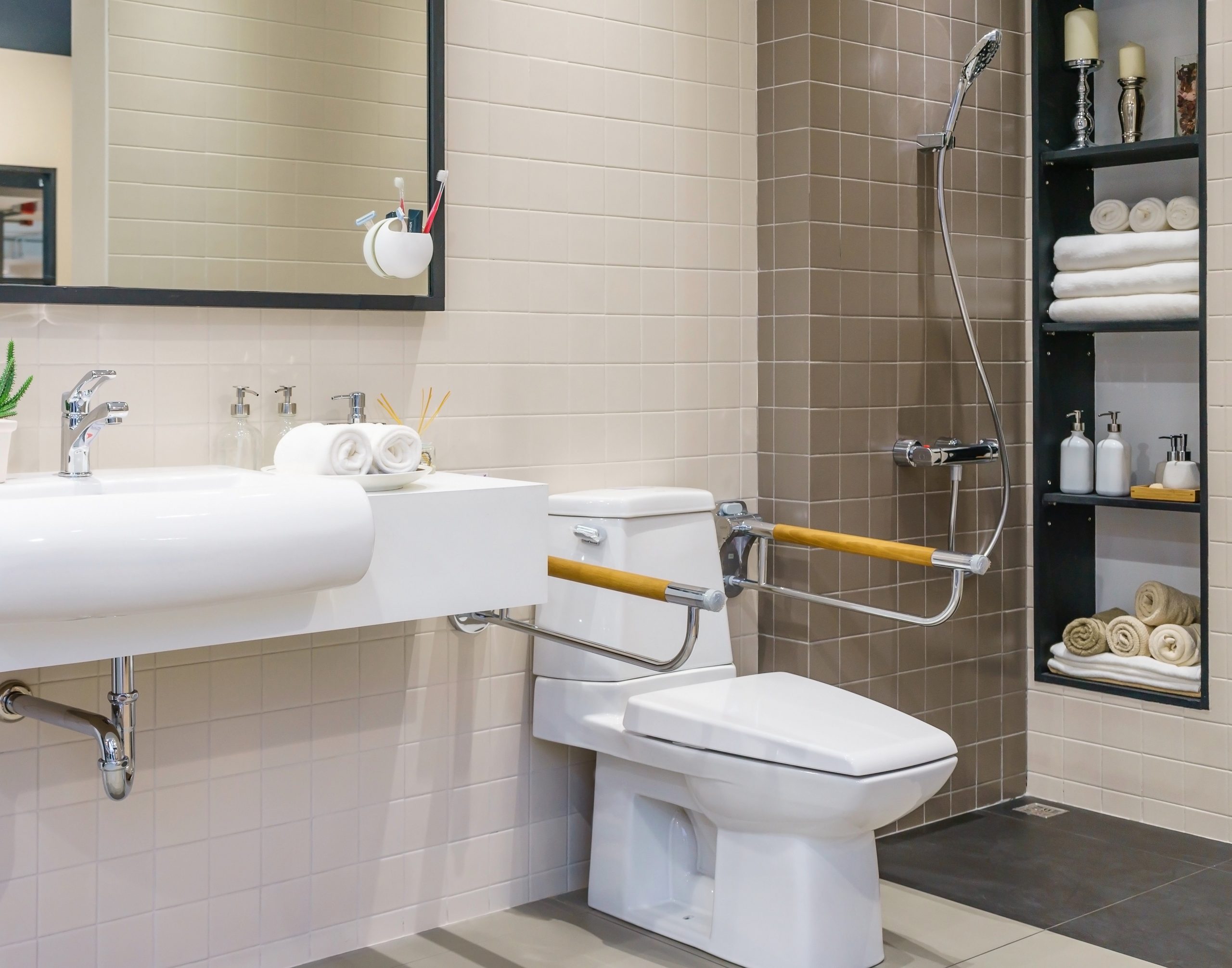
There’s nothing like the comfort and security of home. For many, a home is a place filled with fond memories of happy times.
It’s no wonder older adults choose to extend their independence by trying to stay in their homes as they get older, an experience called aging in place.
But as a person ages, what used to be ordinary in the home can be challenging or even a hazard. Almost one-third of older adults experience a fall. Among them, 55% fall inside the home and 23% fall outside the home, according to AARP.
As a caregiver, it’s important to consider what you can do to make the home safe and accessible for an older loved one.
“We’re hearing more from the caregivers that are modifying their home so their older relative can move in with them,” Sandy Markwood, chief executive of USAging, a national association of local Area Agencies on Aging, noted in a recent AARP article.
Here are some ideas on what changes to the home could make a big difference.
Hallway and stair safety
AARP suggests checking the stairs to make sure they’re in good condition. Stairwells should be well-lit and there should be secure handrails on both sides.
Remove throw rugs in the home. You should also declutter hallways, walkways and stair areas.
To improve visibility inside the home at night, use night lights. These are especially helpful in hallways and areas leading to a bathroom. Motion sensor plug-in night lights are also a good option, AARP says.
Bathroom safety
There are simple steps you can take to improve bathroom safety and accessibility, according to the U.S. National Institute on Aging (NIA).
First, use bathroom rugs with rubber backing. Secure them to the floor with double-sided carpet tape. You can also use a non-skid mat or strips on the bathtub or shower floor.
Install grab bars in the shower or tub and by the toilet, for stability and balance.
A useful and easy preventive measure is adding a tub chair or bench in the tub or shower.
Remember to check the hot water heater to confirm it’s set at 120 degrees F or lower.
Kitchen safety
Make sure all work areas including the sink and stove are well-lit. Exchange low-watt bulbs for high-watt bulbs.
The NlA recommends keeping frequently used pans, dishes and utensils in a place that’s easy to reach.
The institute also suggests preparing food in a seated position, to prevent falling from fatigue or loss of balance.
Use a step stool with non-slip steps and a handrail for those hard-to-reach areas.
Bedroom safety
Accessibility is important for a safe bedroom. Decluttering and rearranging furniture so there is ample room to move around is an easy way to create a safe space, the NIA advises.
For fall prevention, keep electrical cords tucked behind furniture, to reduce tripping.
Don’t forget to keep a working phone with emergency numbers next to the bed and within reach.
Check and adjust the height of the bed so it’s easy to get in and out. You can also consider purchasing a step platform made specifically for this purpose.
Closets should be bright with frequently used items within easy reach.
Home safety
Check that all smoke and carbon monoxide detectors are working and heard in every room. It’s recommended to change the batteries twice a year.
There are benefits to the older adult in your life owning a cellphone. According to aginginplace.org, safety and staying connected are the top benefits. Encourage them to keep the phone charged and with them all the time.
Take medications in a well-lit area of your home so labels are easy to read. You can also ask the pharmacy to use large print on medication labels.
How to modify and prepare the home
Many of these suggestions can be implemented without a professional. You can check your local home improvement store for supplies. How-to videos are also a great resource for home safety ideas along with step-by-step directions for implementing changes in the home.
For safety improvements requiring a professional — such as installing a handrail or lighting fixture — look to a local contractor for help. Consider contacting a Certified Aging-In-Place Professional (CAPS) for larger remodeling jobs. These trained professionals consider safety and accessibility in a home specifically for aging adults.
There’s a lot to consider when helping an older adult age in place. Safety is a top priority, and inspecting the home and implementing simple changes will support independent living and bring peace of mind to you and your loved one.
Source: HealthDay

Leave a Reply